Magazines list (45)
Sort:
Romani Culture in Central Europe
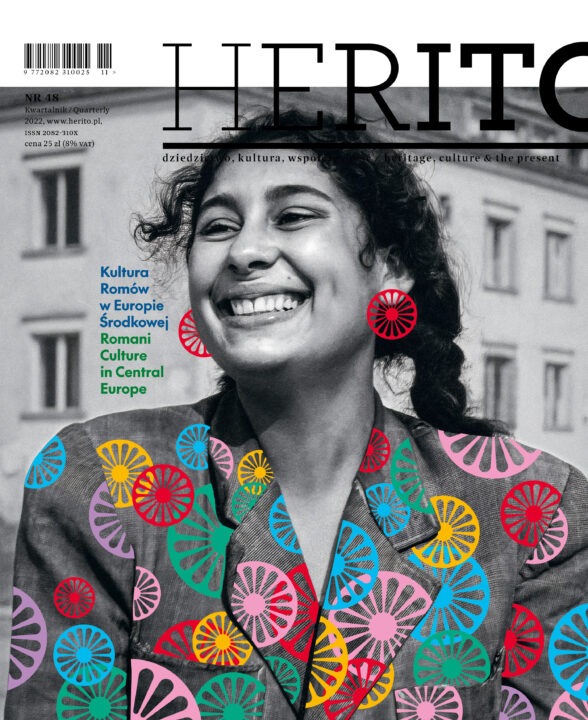
In this HERITO, we look at the history of the Roma, but above all at their present, and especially at how “Romaness” in its broadest sense manifests itself in the architecture, culture and art of our part of the world.
Premiere:2022
Rumunia - Romania - România

Romania is a paradoxical country. Although the long 19th century was very kind to it – the young country entered the European arena and quickly acquired an esteemed position – the short 20th century did not spare it in any respect. Trapped between fascism and communism, Romania had chosen the lesser of two evils. Decades in the shadows of “The Sun of the Carpathians” turned out to be the worst years of all. A sad country, full of humour” – George Bacovia’s prophetic words from the 1930s came true in excess.
Premiere:2013
Silesias
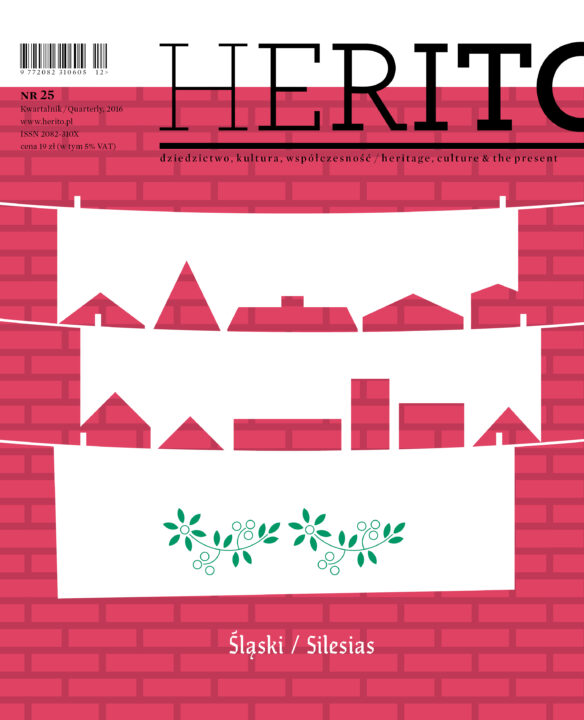
Silesia has a multiplicity of faces. Besides the name, it is difficult to find a common denominator between Lower and Upper Silesia or Cieszyn and Opole Silesia. The multidimensionality of the region has not been determined only by its three formative cultures: Polish, German and Czech. Other important contributors have been two great Christian traditions, Catholic and Protestant, to this day engaged in an intense dialogue with each other.
Premiere:2016
Słowacja - Slovensko - Slovakia
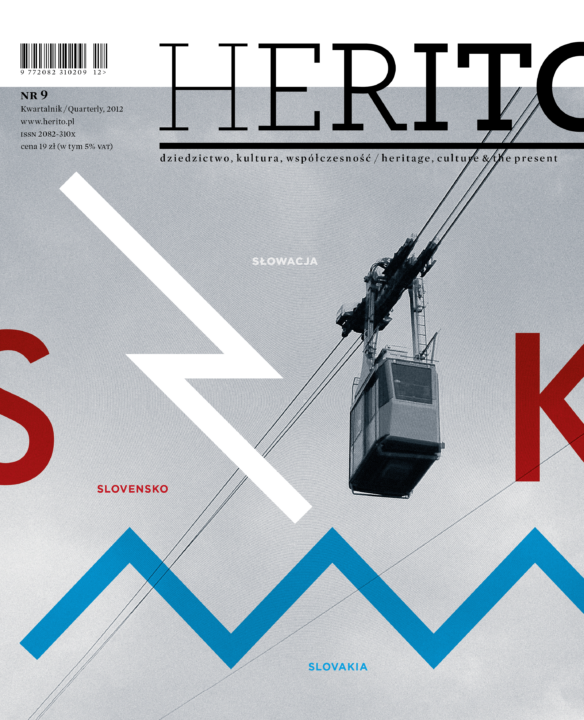
Our main focus is both the past and the present of the Slovaks which is reflected in their culture and identity. On clear days we can see from our office windows the massif of Babia Góra on the horizon; working on this issue we wished to make Slovakia and its culture not only equally visible to but also better understood by its closest and more remote neighbours.
Premiere:2012
Spirit of Georgia
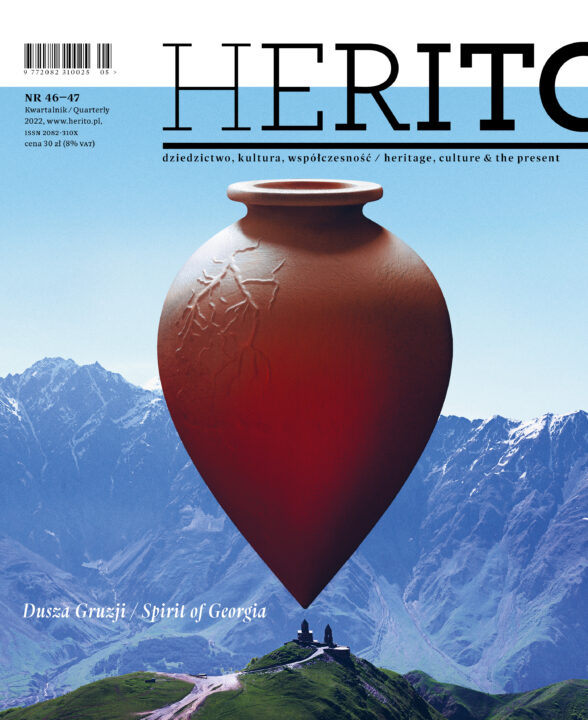
Archaeological research conducted in Georgia, in the ancient region of Colchis, confirms 3400-year old, uninterrupted existence of the city of Kutaisi. According to Greek mythology Colchis – a dangerous land, inhabited by witches and dragons – is the place where the Argonauts, led by Jason, travel to find the Golden Fleece. Georgian culture dates back to ancient times, but we as Poles know very little about it.
Premiere:2022
Stories From Countries Which Are no More

In 1989 Poland bordered three countries. Just a few years later none of them existed. During this memorable autumn Milan Kundera’s dream was being fulfilled: that the countries from our part of Europe return from the East, where they wrongly found themselves, to where they should be – if not in the West then at least in the Centre.
Premiere:2012
Symbols and Clichés
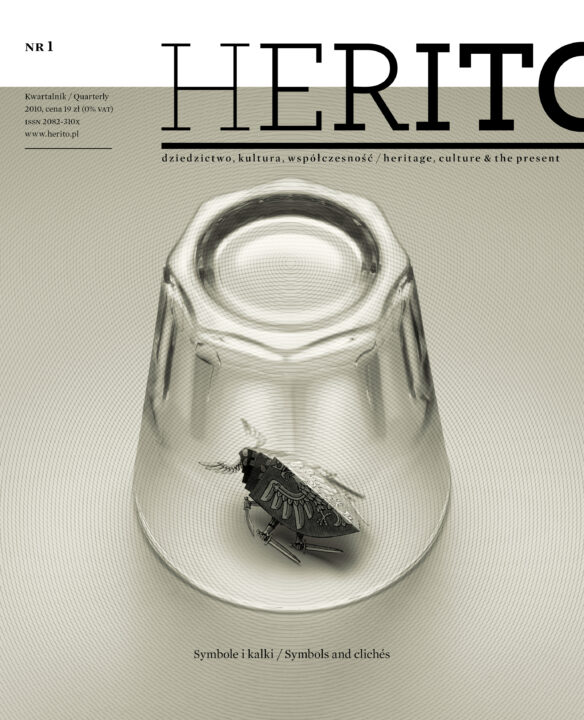
In the first issue, entitled Symbols and Clichés, we give a critical airing to notions connected with national ideologies and political myths and their functions, and look also at their various reflections in art, architecture and the landscape.
Premiere:2011
The Balkans Transformed

Do the Balkans still have, as Churchill suggested, “more history than they can stomach”? Are they still the “European Orient”, or a noble buffer zone? What is the condition of literatures of Balkan “smaller languages” and wherein lie their hopes? Or perhaps the old Balkans are no longer there, while its nations are merely stronger or weaker narratives? These are among the leading questions posed in the 30th issue of “Herito” quarterly.
Premiere:2018
The City and the Museum
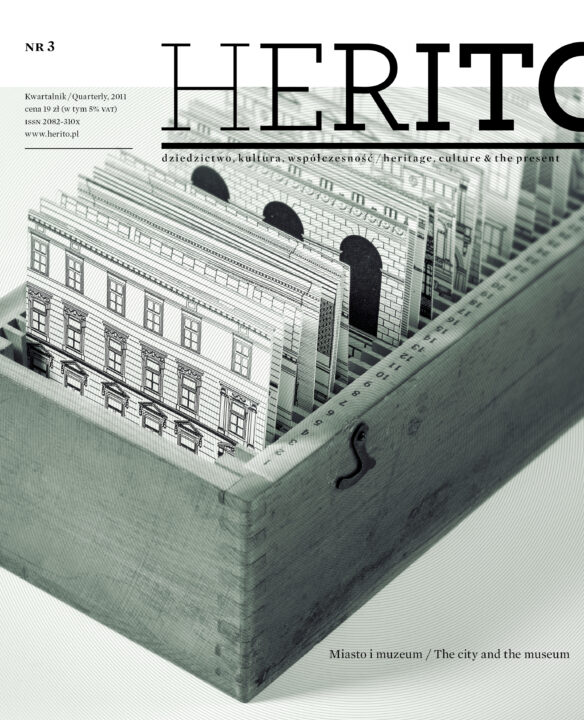
Cities are museums of a sort – as three-dimensional illustrations of history, huge collections, but also treasure chests in which the spirit of the place hides. Unfortunately, the history of our part of the continent has rarely left them intact. Their existence here is a story of ups and downs.
Premiere:2011
The City as a Work of Art
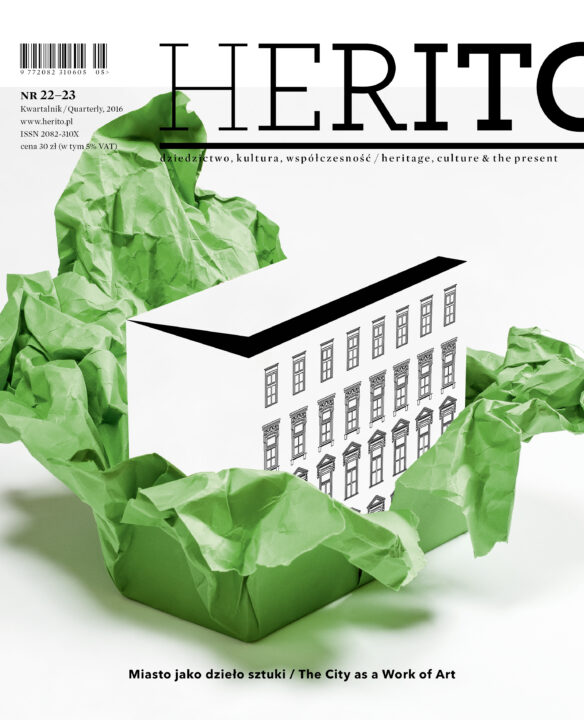
Since the time of Plato and Vitruvius the quest for truth, goodness and beauty has been accompanied by thinking on the ideal layout of the city and composition of its space. It is thus no coincidence that the dream of the ideal city fascinated so many outstanding thinkers and artists of the Italian Renaissance. The goal of achieving harmony and perfection by creating the ideal city plan – stellar, founded on the principles of regular geometricity – has largely, with a few exceptions, remained a utopia.
Premiere:2016
Copyright © Herito 2020
